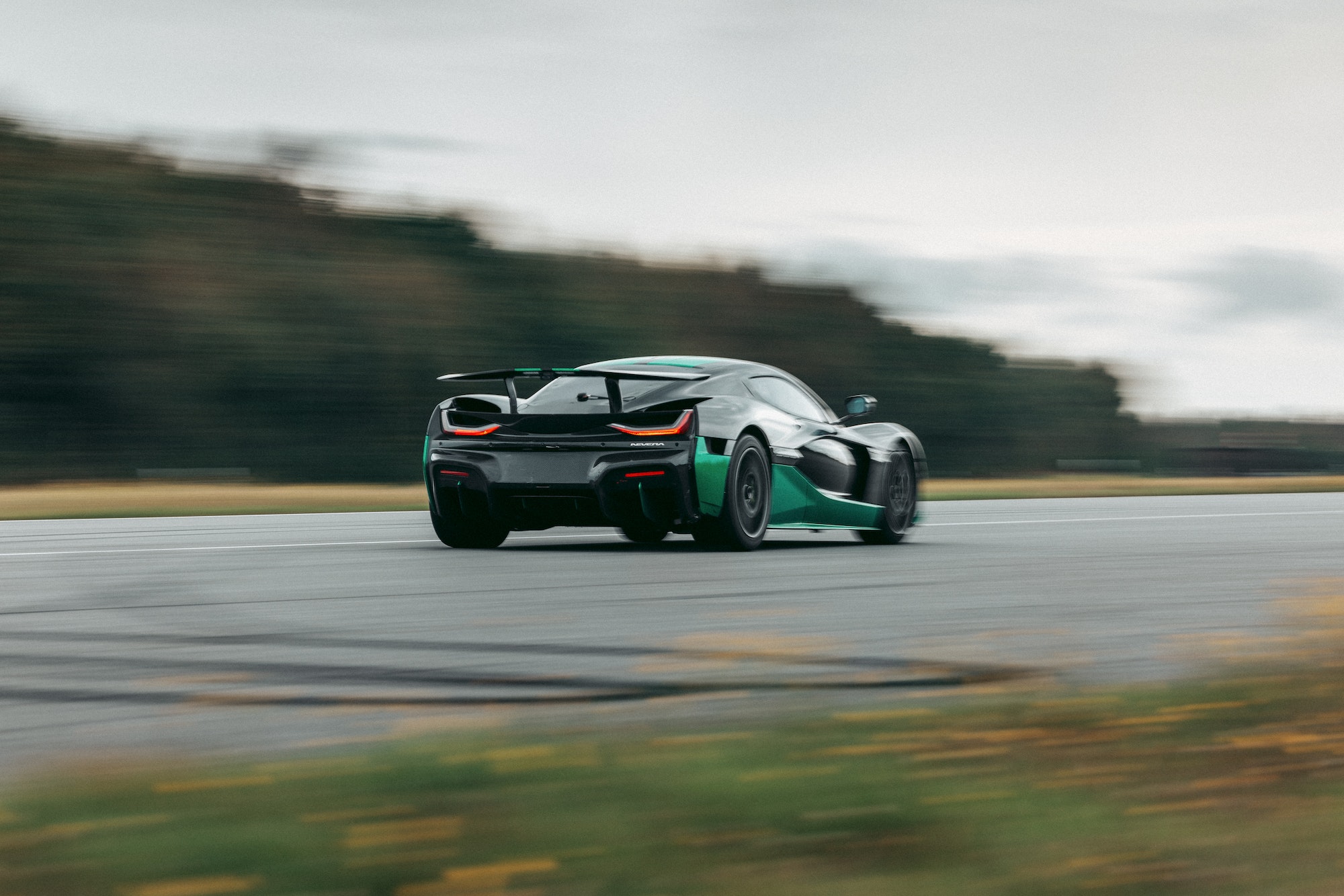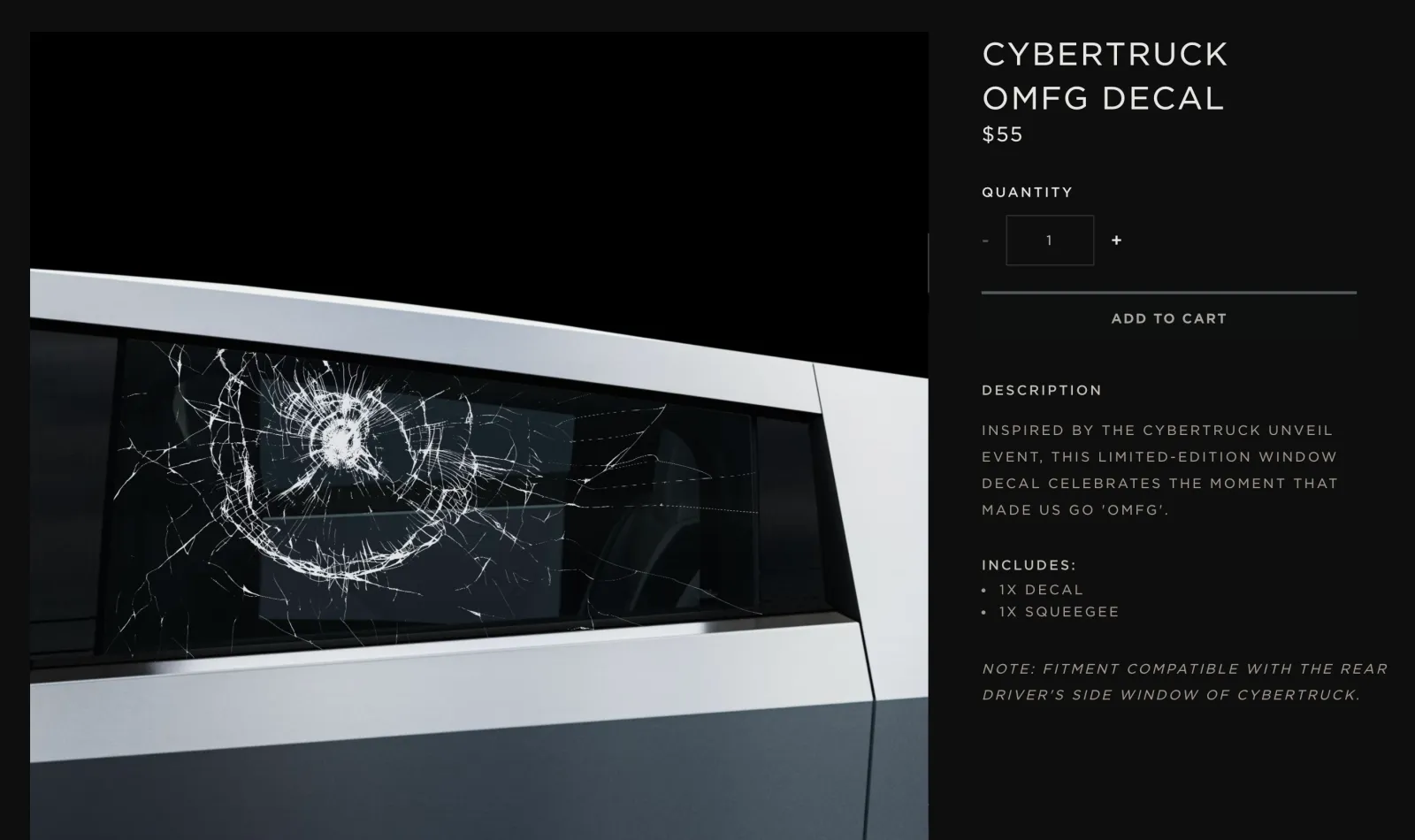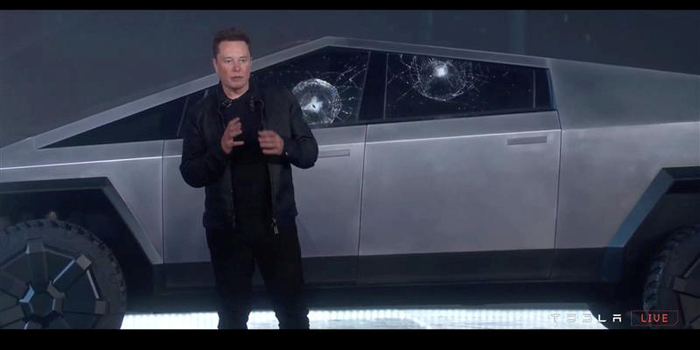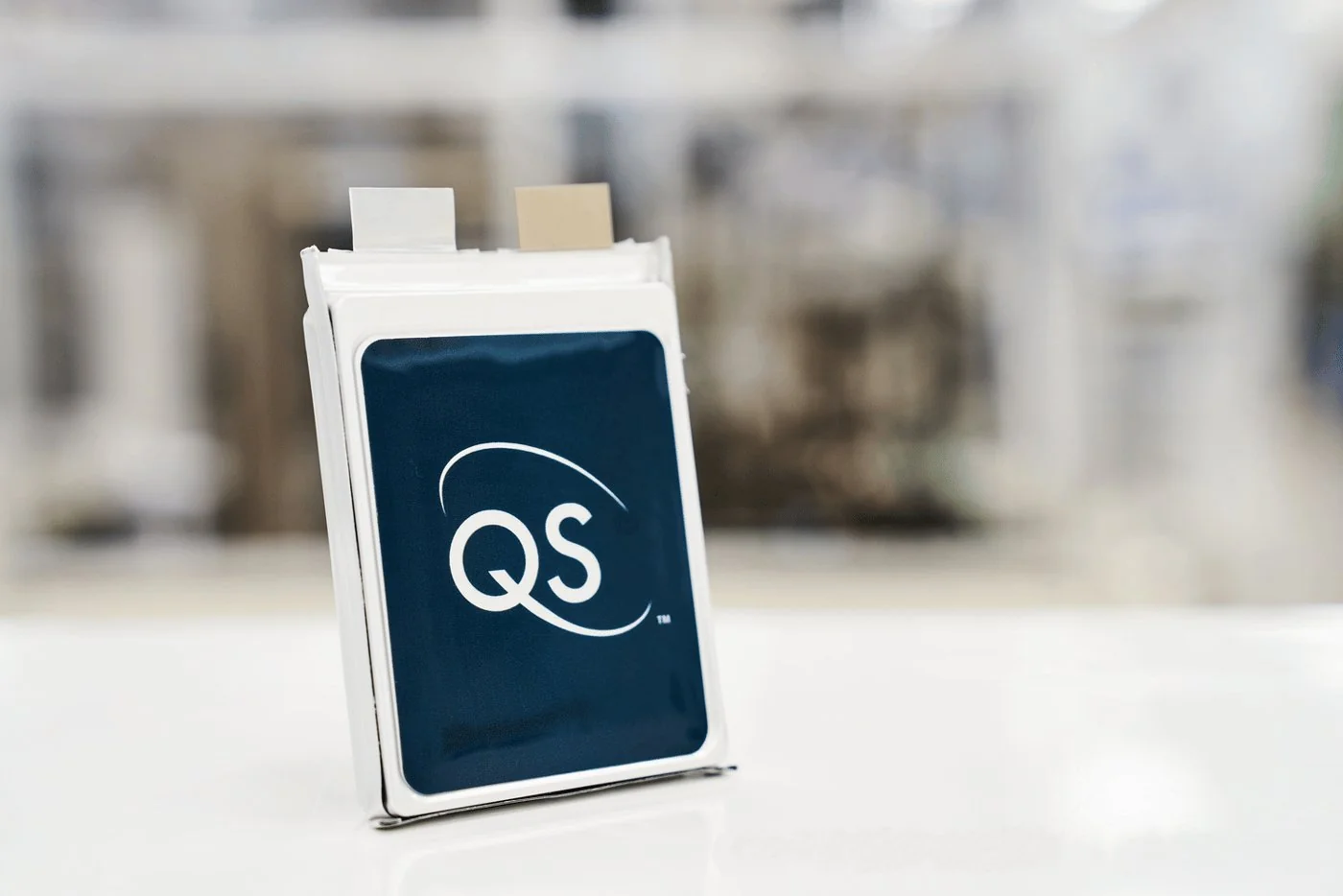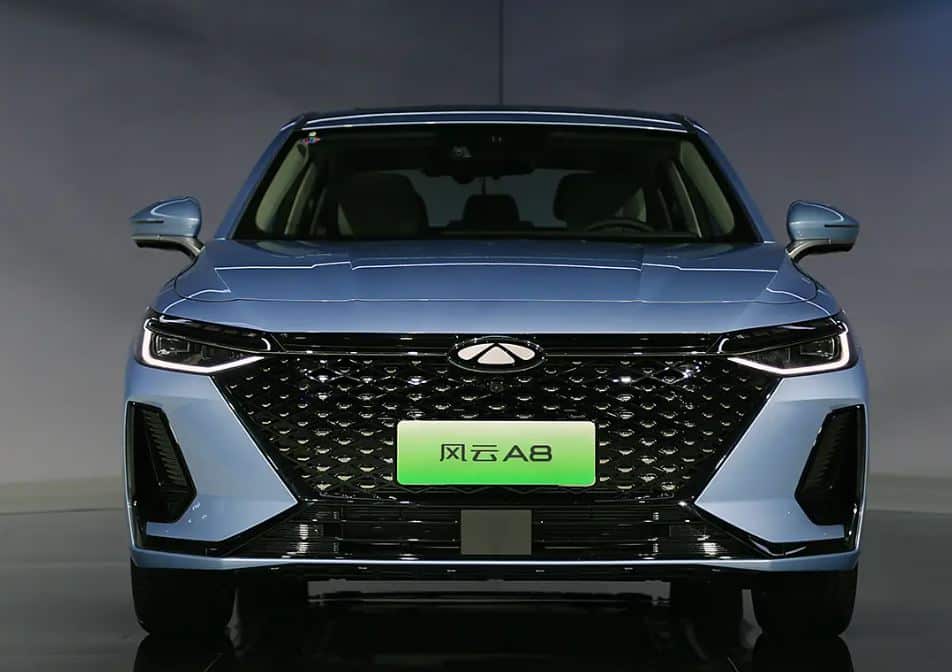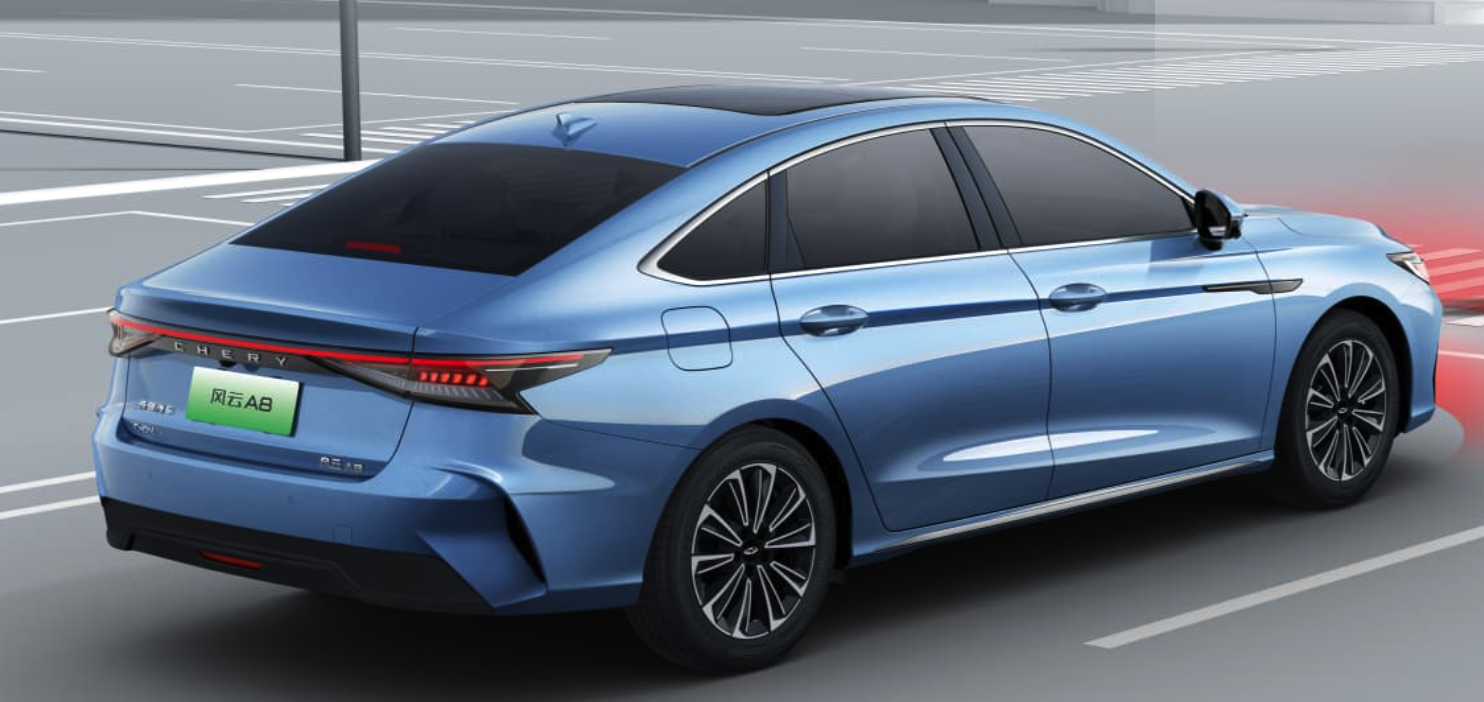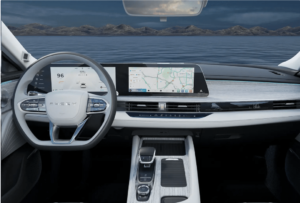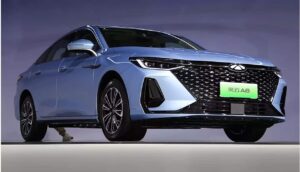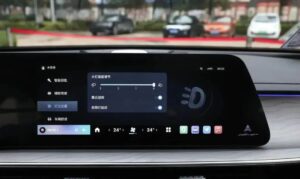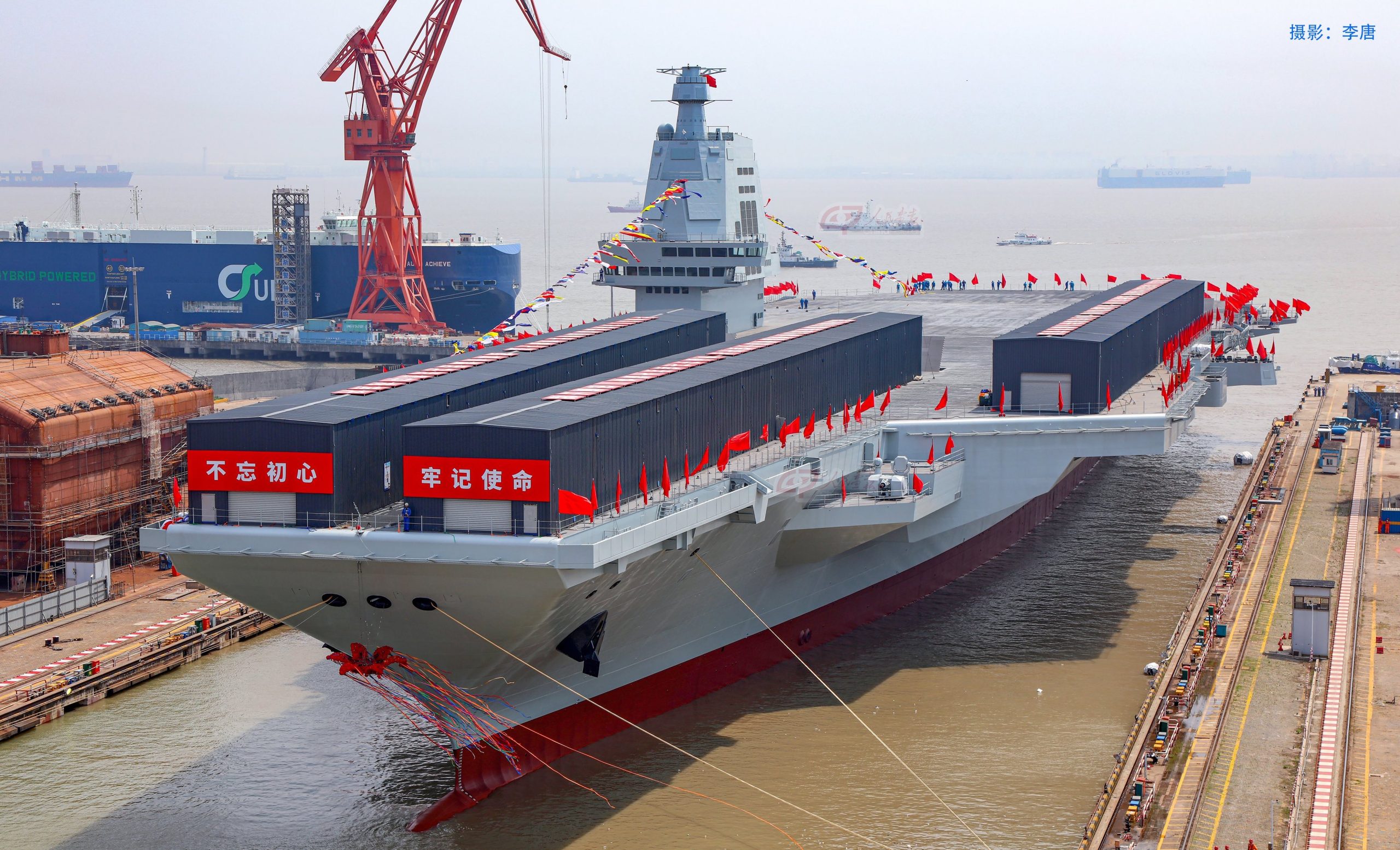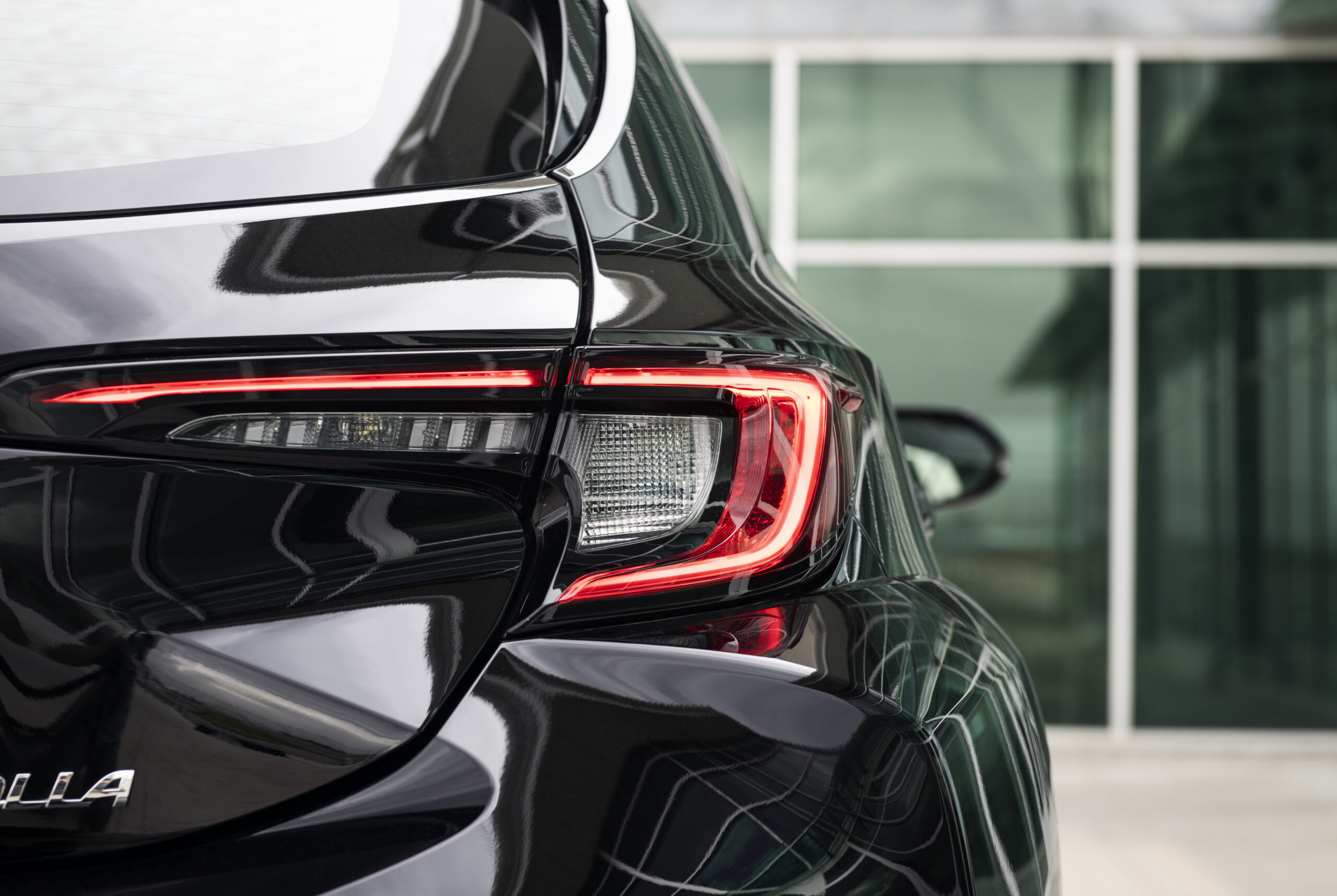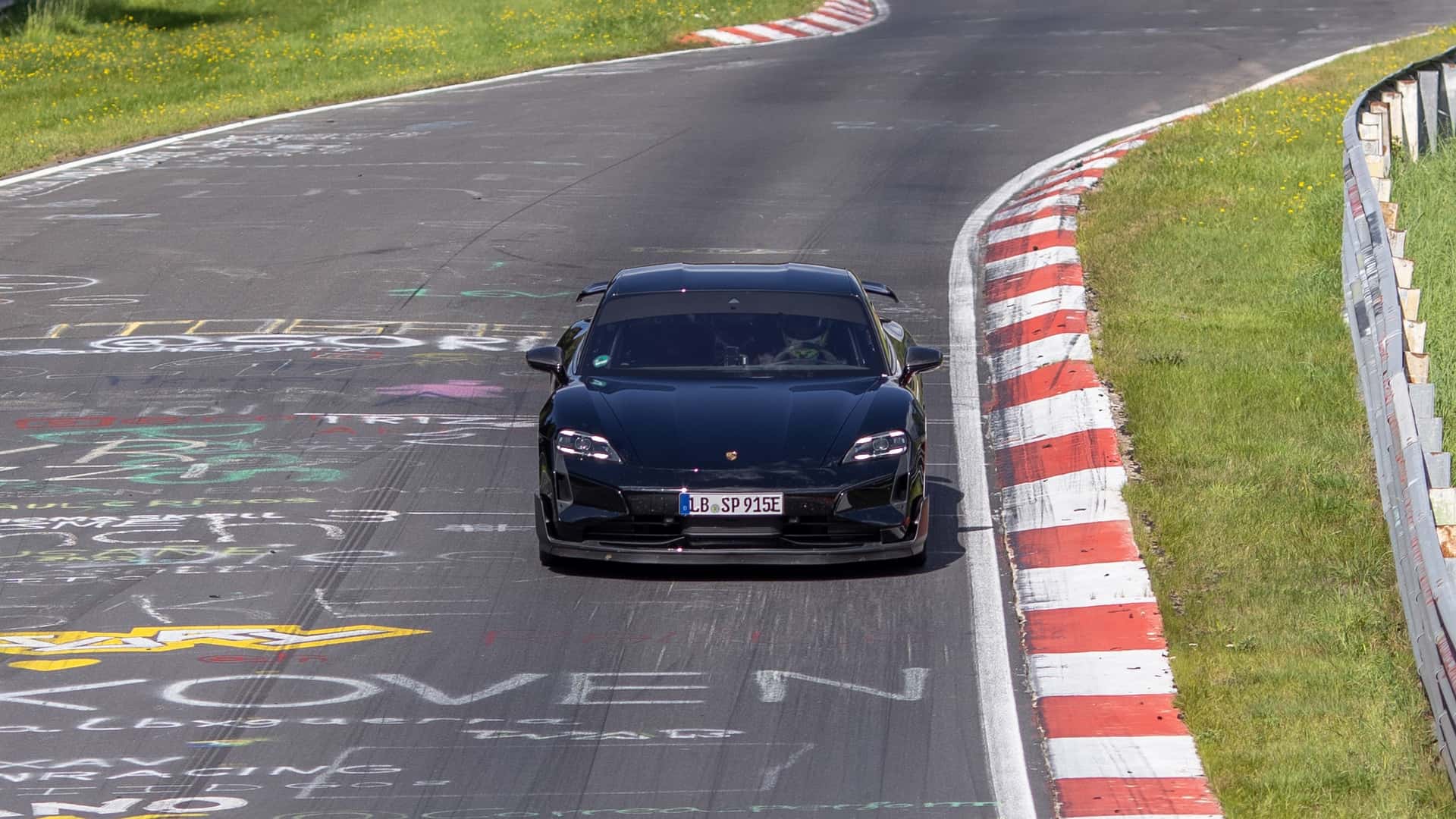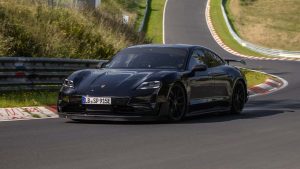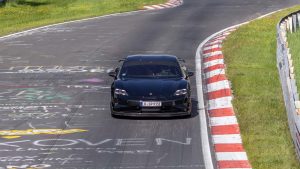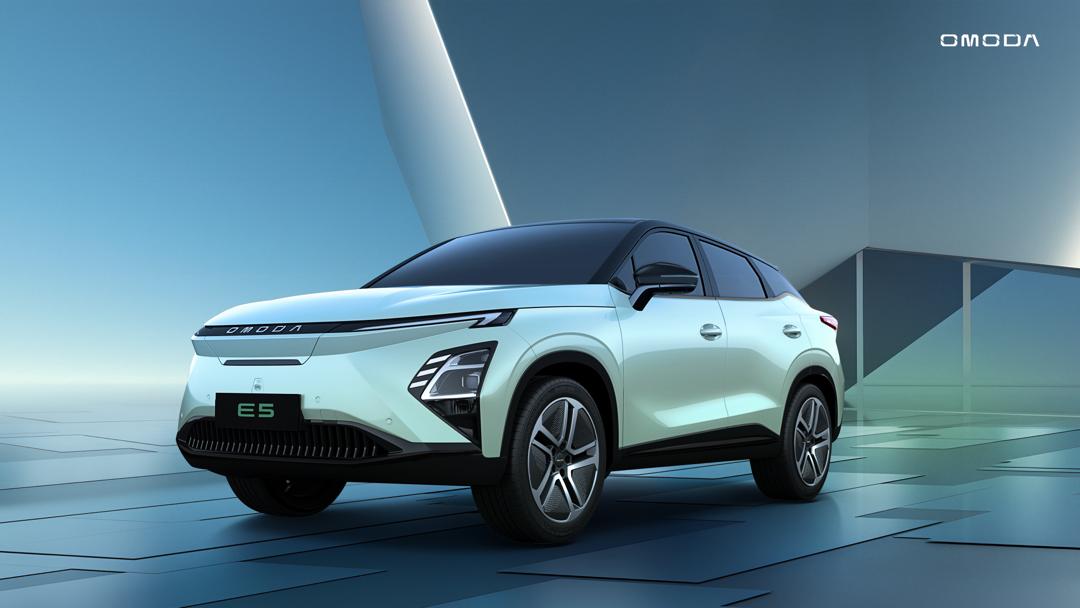Akio Toyoda, the head of Toyota, the world’s largest automaker, has once again expressed scepticism about a complete transition to exclusively electric vehicles (EVs). While promoting a potential role for hydrogen and biofuels, Toyoda emphasized the need for more diversity in future automotive fuels.
“Frankly, (electric vehicles) are not the only way to achieve the world’s carbon neutrality goals,” remarked Mr. Toyoda, who believes there is a silent majority of consumers and carmakers who share these doubts but are hesitant to voice them due to the prevailing trend in favour of EVs.
Speaking at the unveiling of a battery-electric Hilux ute in Thailand, Toyoda stressed his preference for exploring multiple options, including emission-free synthetic fuels and hydrogen. He sees hydrogen as a promising technology for the future, alongside battery electric vehicles.
“Let me correctly explain Toyota’s position. I would like you to think of Toyota as a department store offering every available powertrain,” Toyoda stated. He argued that customer preferences are diverse, ranging from EV owners to those without access to charging facilities and limiting options to a single product would diminish the overall value of the automotive market.
While Toyota has been a pioneer in hybrid technology with models like the Prius and the Mirai, which run on hydrogen fuel cells, the company recently introduced its first battery-electric model, the bZ4X, in 2022.
Toyoda also defended Toyota’s commitment to electrification, outlining the company’s goal to achieve sales of 3.5 million electric vehicles by 2030. He underscored Toyota’s global reach and vision of providing mobility for all, stating, “Our philosophy is that we want to leave no one behind.”
Expressing skepticism about the timelines set for the full electrification of the automotive industry, Toyoda urged a realistic approach considering societal readiness and infrastructure development. He emphasised that the transition to electric vehicles might take longer than portrayed by the media and drew parallels with the delayed realisation of fully autonomous cars.
In a landscape dominated by the push towards EVs, Toyota, under Toyoda’s leadership, continues to champion a diversified approach to fuel technologies, maintaining a commitment to various options beyond electric vehicles.









